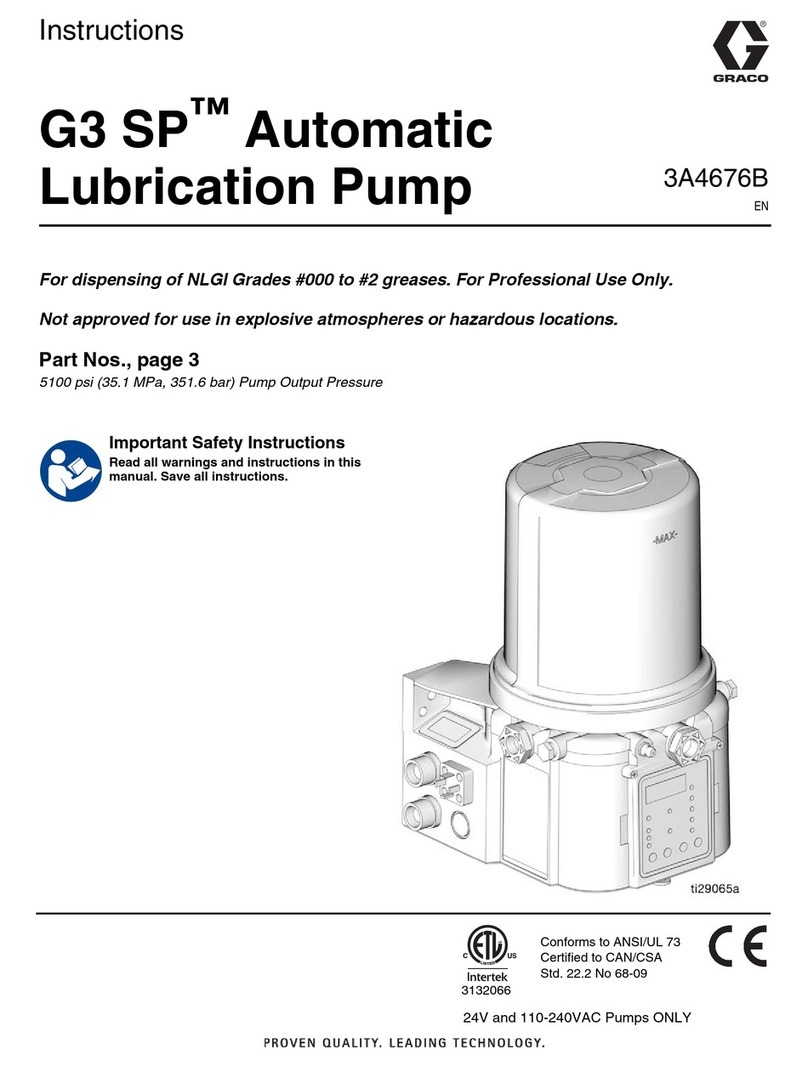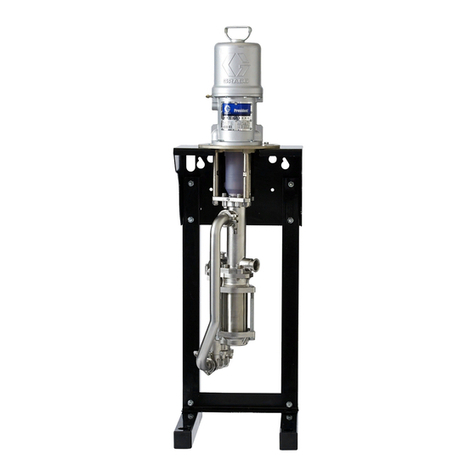Graco Husky 715 Operation manual
Other Graco Water Pump manuals

Graco
Graco Husky 1050e Use and care manual

Graco
Graco ChemSafe 1040 Operation manual

Graco
Graco BLUE DEVIL 260410 Operation manual
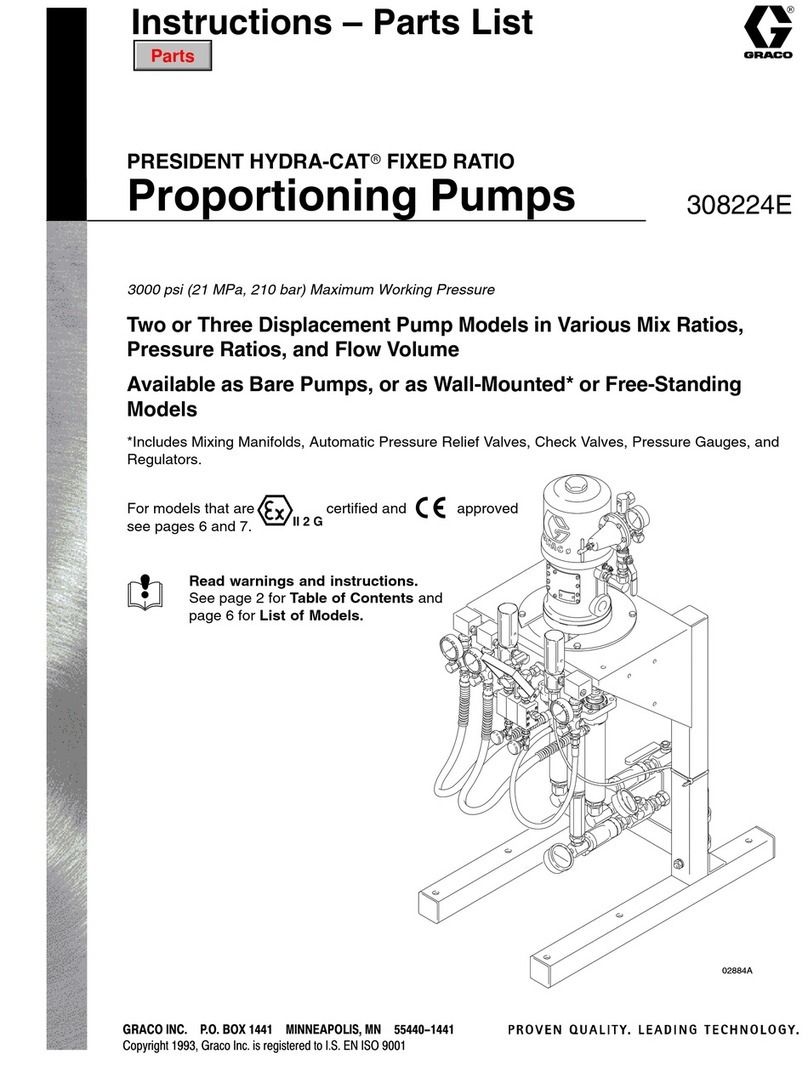
Graco
Graco PRESIDENT HYDRA-CAT 231657 Operation manual

Graco
Graco Husky 15120 Use and care manual

Graco
Graco Aluminum Husky 2150 LP User manual
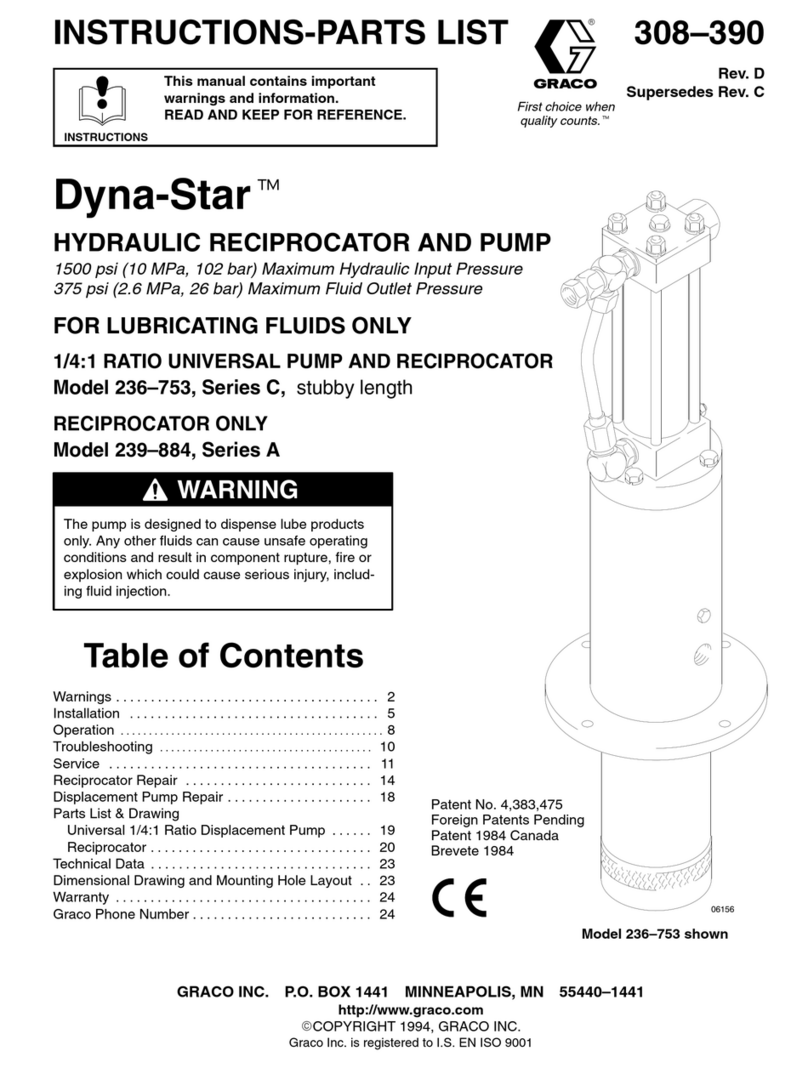
Graco
Graco Dyna-Star 236753 Operation manual

Graco
Graco 127642 User manual
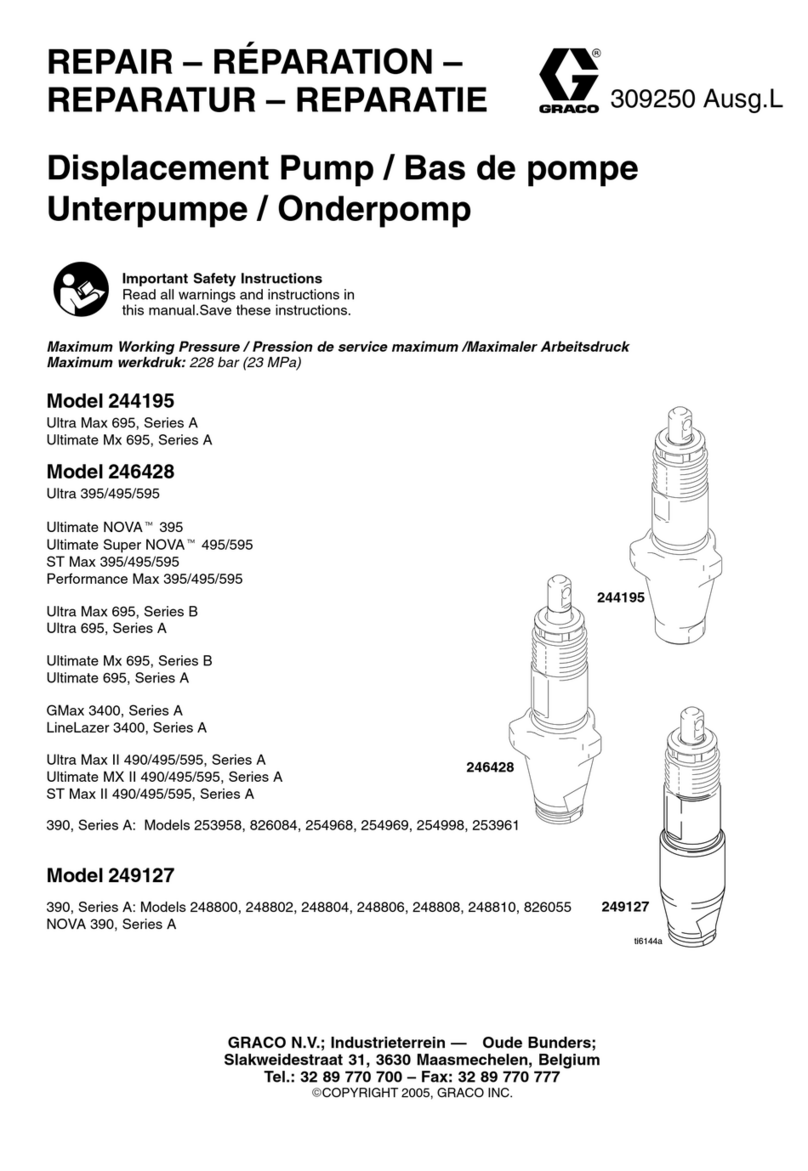
Graco
Graco 244195 Operating instructions
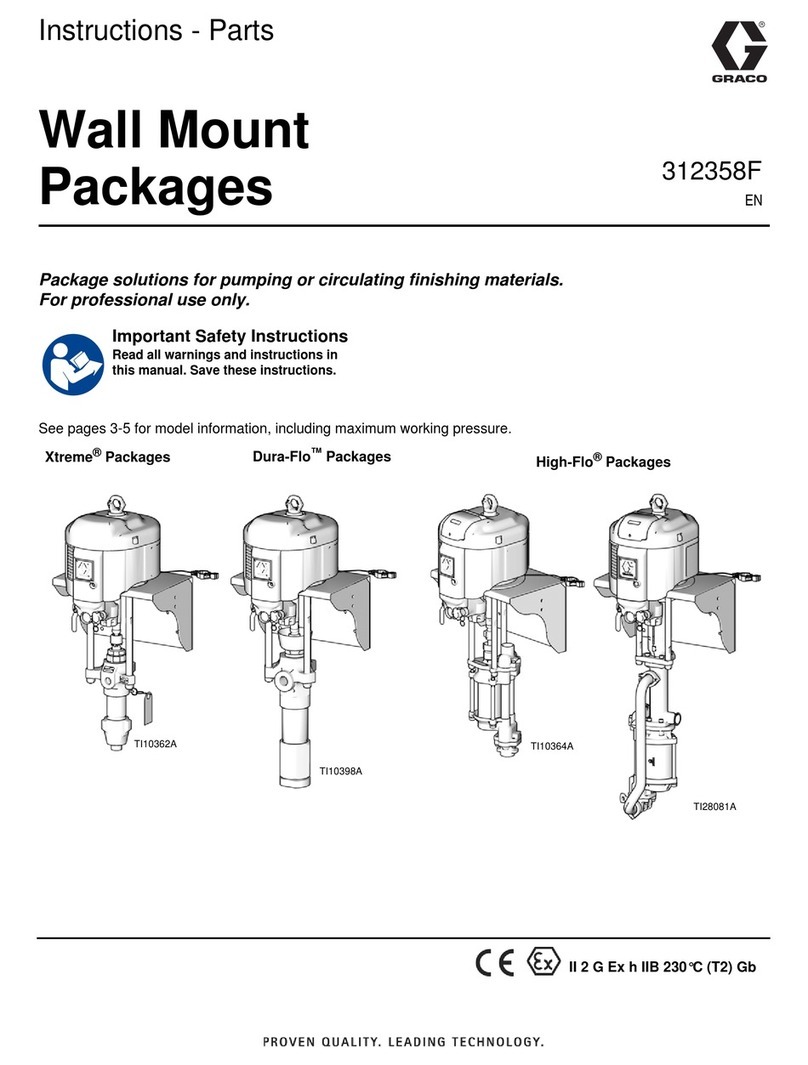
Graco
Graco Xtreme 116MCN Operation manual
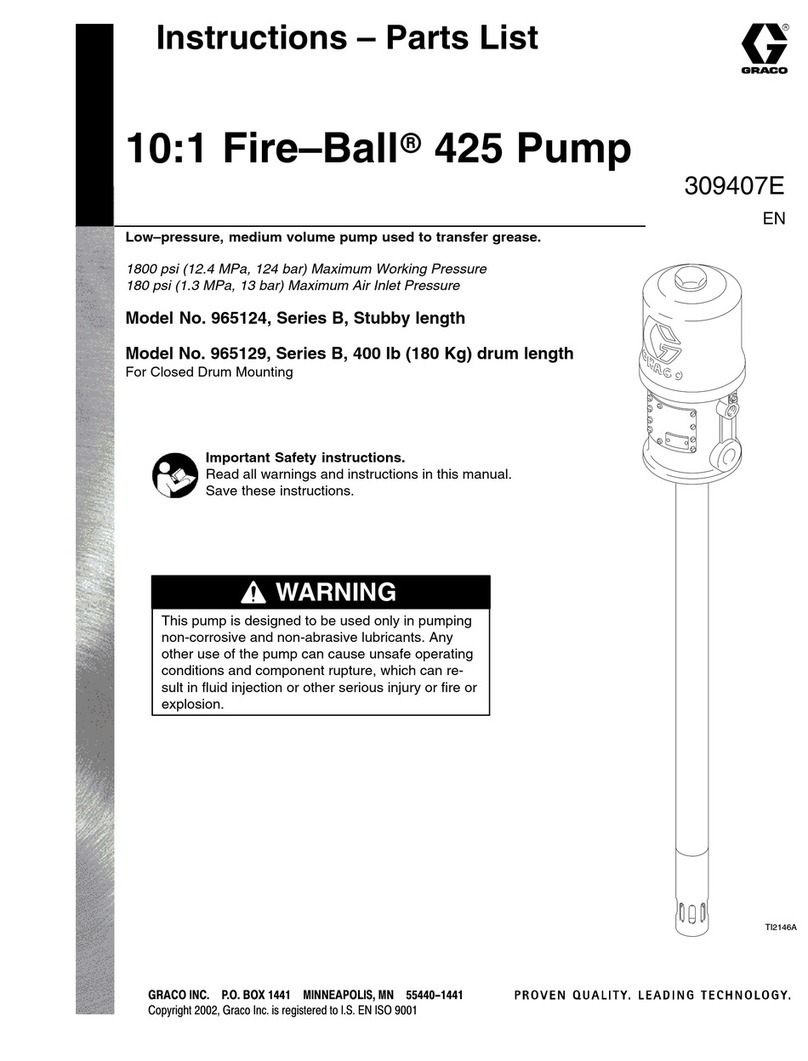
Graco
Graco Fire-Ball B Series Operation manual

Graco
Graco Husky 1040 Operation manual

Graco
Graco SoloTech ST6 Use and care manual
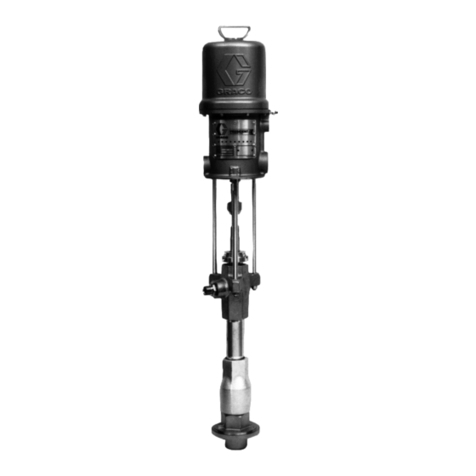
Graco
Graco Check-Mate 450 Operation manual

Graco
Graco ToughTek S340e Use and care manual
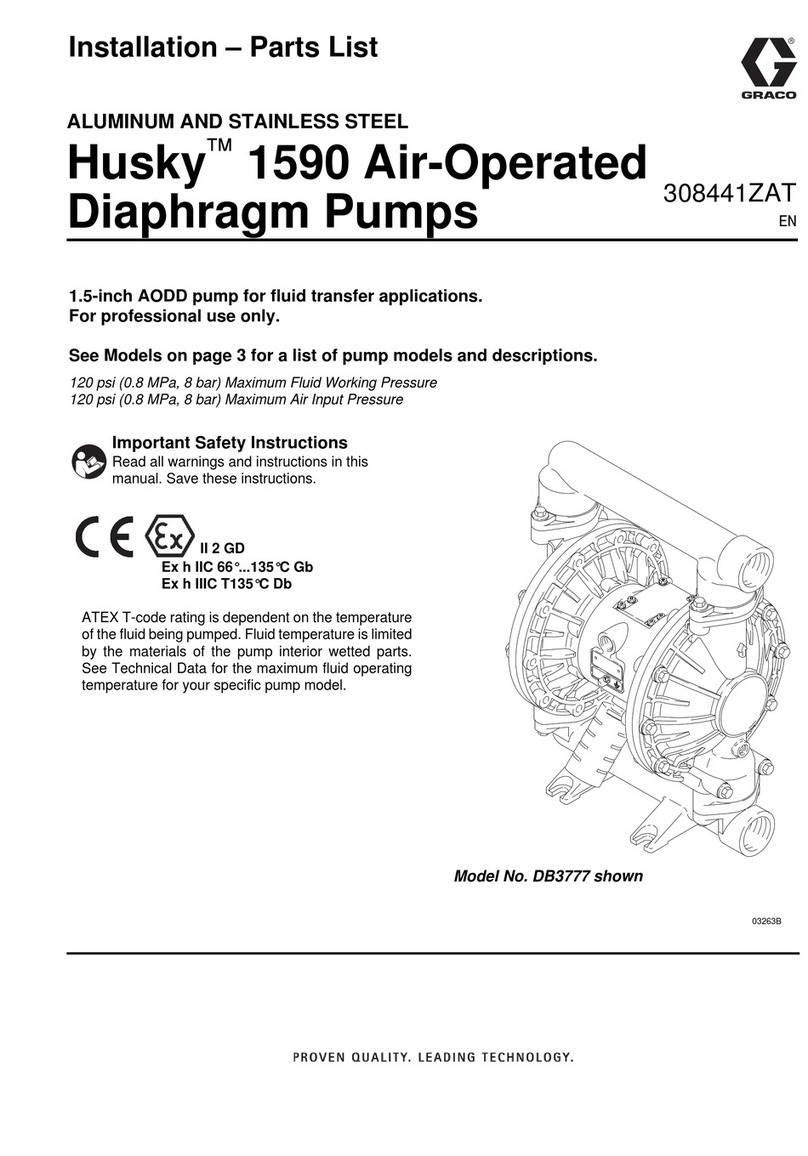
Graco
Graco Husky 1590 DB3777 User manual

Graco
Graco SaniForce FW1111 User manual
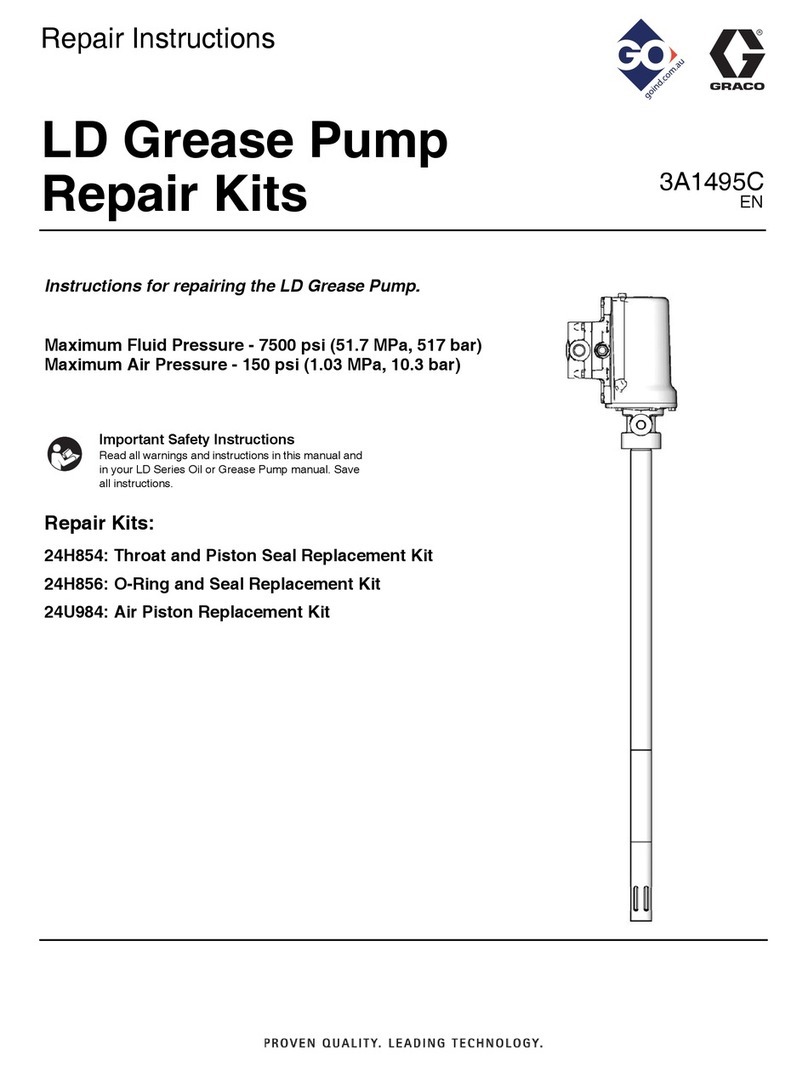
Graco
Graco LD 24U984 Setup guide
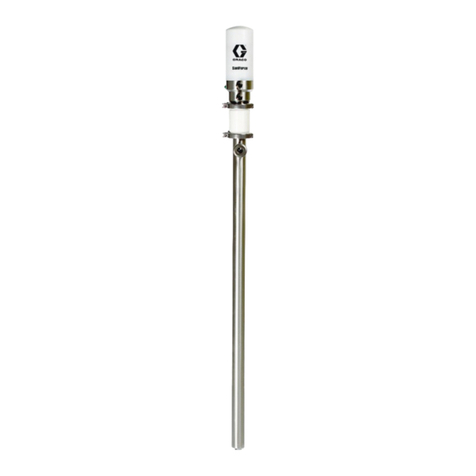
Graco
Graco 3A2977K Parts list manual

Graco
Graco GH 675 Operating instructions
Popular Water Pump manuals by other brands

Fieldmann
Fieldmann FVC 5015 EK user manual

Everbilt
Everbilt EFSUB5-122HD Use and care guide

esotec
esotec 101018 operating manual

Becker
Becker BASIC VASF 2.80/1-0.AC230 operating instructions

Sykes AmeriPumps
Sykes AmeriPumps GP100M Operation and maintenance instructions

DUROMAX
DUROMAX XP WX Series user manual

BRINKMANN PUMPS
BRINKMANN PUMPS SBF550 operating instructions

Franklin Electric
Franklin Electric IPS Installation & operation manual

Xylem
Xylem e-1532 Series instruction manual

Milton Roy
Milton Roy PRIMEROYAL instruction manual

STA-RITE
STA-RITE ST33APP owner's manual

GÜDE
GÜDE HWW 900 GC Translation of the original instructions

